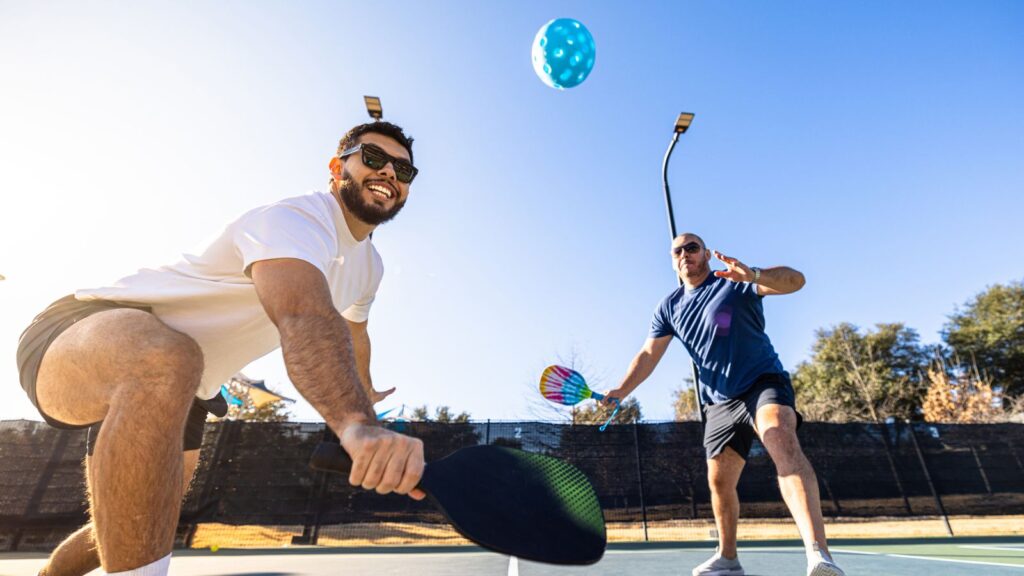As pickleball’s popularity explodes in the United States, new research has found that pickleball-related eye injuries are increasing at an “alarming rate.”
More people in the United States are taking up pickleball as a leisure activity, with recent estimates showing that 19.8 million people will participate in the sport in 2024, an increase of about 45% from 2023 and 311% from 2020.
you may like
For this study, they looked at the National Electronic Injury Surveillance System (NEISS), a government-funded database that records consumer product-related injuries. NEISS collects data from a sampling of approximately 100 hospitals, primarily those with emergency departments (EDs), selected as a representative snapshot of the more than 5,000 U.S. hospitals with emergency departments.
The research team focused on data collected from the beginning of 2005 to the end of 2024. The investigation revealed a total of 2,472 injuries to all parts of the body related to pickleball, including 73 eye injuries. These figures suggest that there were approximately 137,470 total injuries and 3,110 eye injuries nationwide during that period.
Of note, no pickleball-related eye injuries were reported before 2014, and 88% of reported eye injuries occurred between 2022 and 2024. The results suggest that the rate of eye injuries increased by about 405 cases per year from 2021 to 2024, the authors calculated.
Approximately 70% of all ocular injuries are reported in athletes over the age of 50, which the researchers speculate may suggest that changes in muscle mass, bone density, and balance may make older people more susceptible to this type of injury.
When the cause of injury was known, the most common cause was being hit by a ball, followed by a fall or impact with a paddle. Periocular lacerations (cuts in the area immediately surrounding the eyeball) accounted for the highest percentage of reported injuries. Other minor injuries include scratches to the cornea, the clear window in front of the eye. Inflammation of the iris, the colored part of the eye. and periocular contusions, better known as black eyes.
More serious injuries that can threaten a person’s vision include hemorrhage, where blood pools in front of the eye. Orbital fracture. Retinal detachment. Ocular trauma in which the eyeball wall ruptures, typically due to blunt force.
The study authors noted that recent research suggests that the increase in pickleball participation is being driven by an “influx of casual players” rather than “core players” who play eight or more times a year.
you may like
“Although the increase in eye injuries may simply reflect an increase in the number of players, it is also possible that casual players are more susceptible to injury due to limited experience, unfamiliarity with the game, or lower fitness levels,” the researchers suggested. But more data is needed to confirm that suspicion, they said in their report.
Notably, the NEISS data are drawn only from a sample of EDs and may not be fully representative of the entire country, the authors added. The study also did not capture patients who may have sought treatment in outpatient clinics rather than in the ED. But the data nevertheless show potentially “worrying” trends, the researchers concluded.
“Currently, there are no official guidelines for eye protection in pickleball,” they added. Although the American Academy of Ophthalmology recommends that pickleball players wear protective eyewear during games, the study authors noted that this precaution is not required or recommended by pickleball organizations.
“Increasing awareness of age-specific risk factors and establishing standardized recommendations for eye protection may help reduce injury rates and prevent vision loss,” the researchers wrote.
This article is for informational purposes only and does not provide medical advice.
Source link

